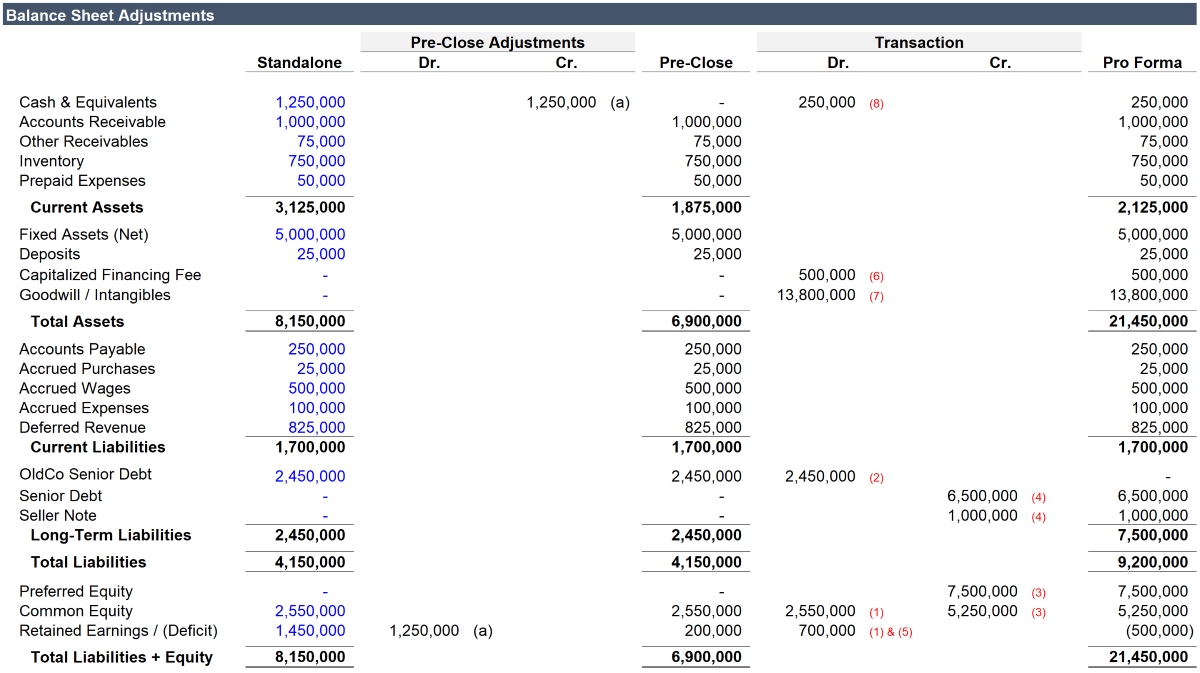Home>Finance>Growth Rates: Formula, How To Calculate, And Definition


Finance
Growth Rates: Formula, How To Calculate, And Definition
Published: December 3, 2023
Learn the formula, calculation methods, and definition of growth rates in finance. Understand how to analyze and interpret these important financial metrics.
(Many of the links in this article redirect to a specific reviewed product. Your purchase of these products through affiliate links helps to generate commission for LiveWell, at no extra cost. Learn more)
Understanding Growth Rates: Formula, How to Calculate, and Definition
Welcome to the FINANCE category of our blog! Here, we dive into various financial topics to help you make informed decisions and take control of your financial future. In this blog post, we will explore the intriguing concept of growth rates: what they are, how to calculate them, and why they matter. If you’ve ever wondered how to measure the growth of a company, investment, or economy, you’re in the right place. Let’s get started!
Key Takeaways:
- Growth rates are essential for measuring the change in a specific variable over a specific period of time.
- By accurately calculating growth rates, individuals and businesses can evaluate their performance and make informed decisions.
Defining Growth Rates
Growth rates are numerical indicators that provide insights into the rate of change of a particular variable over a given period. They are commonly used in finance, economics, and investment analysis to measure the progress or decline of various factors.
The growth rate formula is relatively simple:
Growth Rate = (Final Value – Initial Value) / Initial Value
Where:
- Final Value represents the value of the variable at the end of the specified period.
- Initial Value represents the value of the variable at the beginning of the specified period.
By using this formula, you can calculate the growth rate as a decimal or percentage. If you multiply the result by 100, you will obtain the growth rate in percentage form.
How to Calculate Growth Rates
Let’s walk through an example to understand how growth rates are calculated:
Suppose you want to measure the growth rate of a company’s revenue over the past year. The revenue at the beginning of the year was $500,000, and at the end of the year, it increased to $750,000. Plugging these values into the growth rate formula:
Growth Rate = ($750,000 – $500,000) / $500,000 = 0.5, or 50%
In this case, the company experienced a growth rate of 0.5 or 50% over the specified period. This calculation allows you to understand the rate of revenue growth and evaluate the company’s performance.
Why Growth Rates Matter
Growth rates are crucial for analyzing and comparing various aspects of businesses, investments, and economies. Here’s why they matter:
- Evaluate Performance: Growth rates help businesses assess their performance over a specific period of time. By comparing growth rates over different periods, businesses can identify trends and make data-driven decisions to improve their operations.
- Make Informed Investments: Investors rely on growth rates to evaluate investment opportunities. By analyzing the growth rates of companies or sectors, investors can identify potential winners and make informed investment choices.
- Monitor Economic Health: Growth rates are used to measure the overall health and progress of an economy. Governments and policymakers monitor growth rates to make informed decisions, implement economic policies, and stimulate growth.
Understanding growth rates empowers individuals and businesses to analyze data, make informed decisions, and strategically plan for the future.
We hope this blog post has provided you with a solid foundation on growth rates. Stay tuned to our FINANCE category for more insightful articles to help you navigate the world of finance with confidence!














